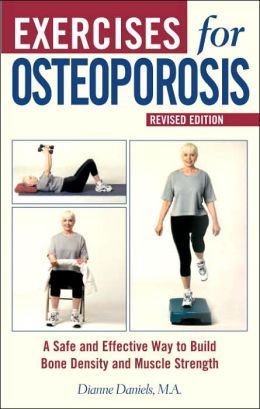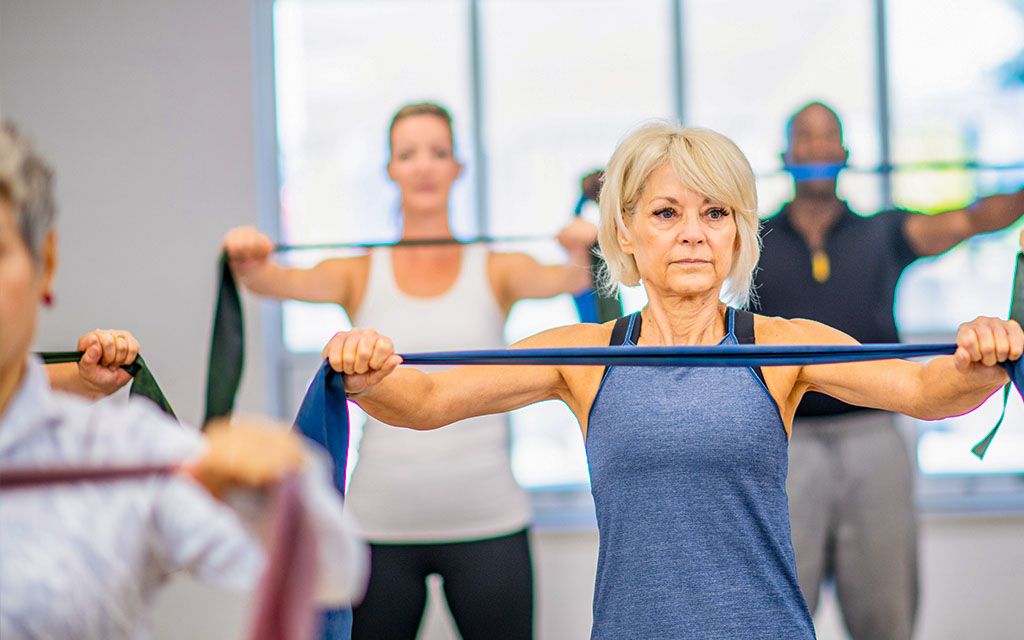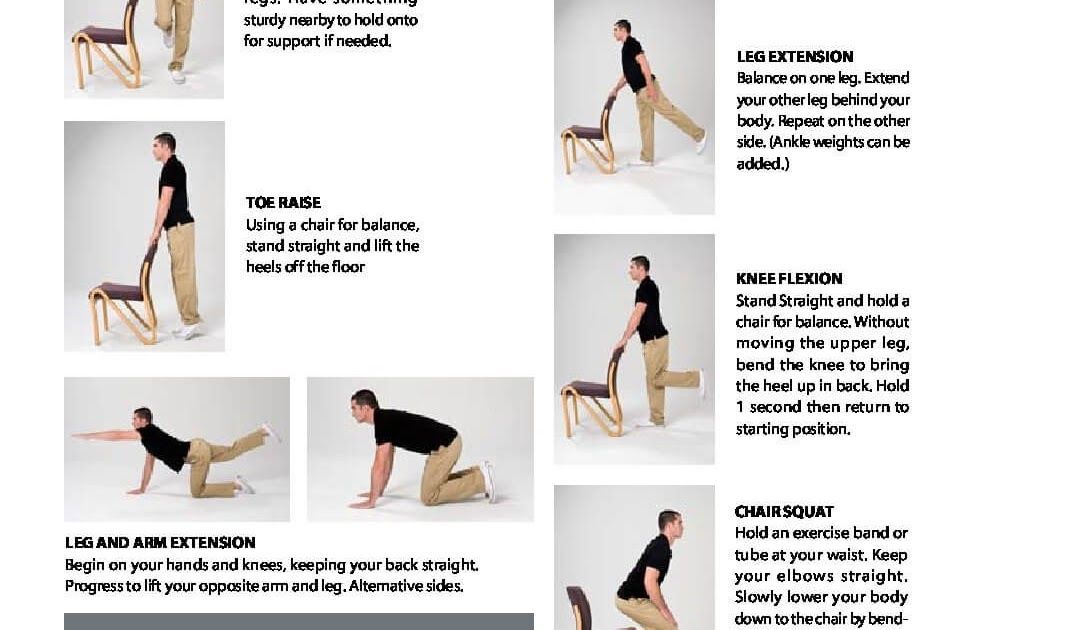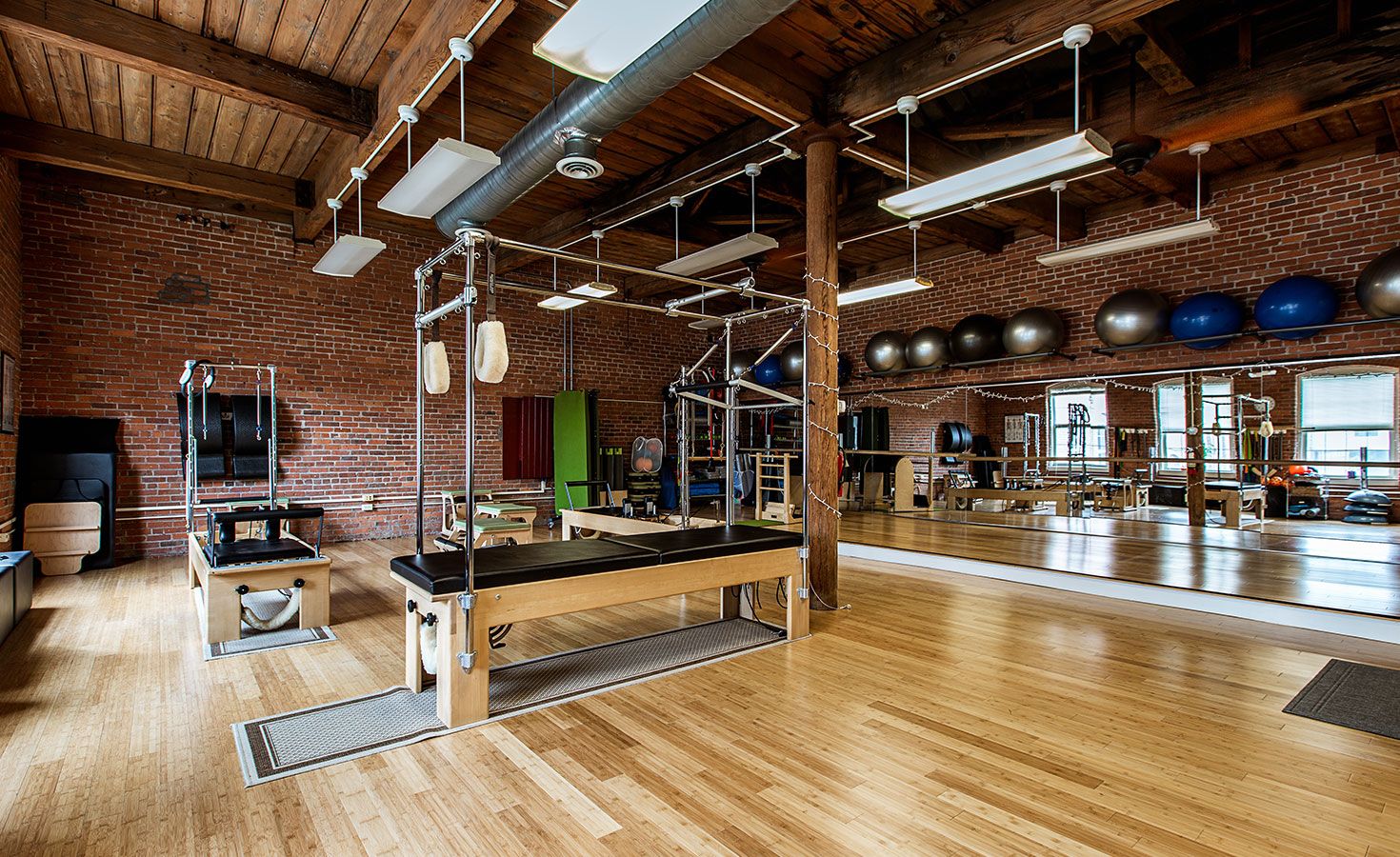As we age, maintaining strong bones becomes increasingly important to prevent the risk of fractures and other bone-related issues. One effective way to improve bone density is through senior strength workouts.
The Importance of Bone Density
Bone density refers to the amount of mineral matter in bones, which ultimately determines their strength and durability. As we grow older, our bone density naturally declines, which can lead to osteoporosis and an increased risk of fractures. Engaging in regular strength training exercises can help slow down this process and even reverse some of the bone loss.
Choosing the Right Exercises
When it comes to building bone density, not all exercises are created equal. Weight-bearing and resistance exercises are particularly beneficial for promoting bone health. Weight-bearing exercises include activities where your feet and legs bear your body's weight, such as walking, jogging, dancing, and stair climbing. These exercises help stimulate bone growth and strengthen the bones in your lower body.
Resistance exercises, on the other hand, involve working against a force, such as lifting weights or using resistance bands. These exercises can be tailored to target specific muscle groups and bones. Examples of resistance exercises include bicep curls, squats, lunges, and leg presses. The resistance placed on the bones during these exercises triggers the body to reinforce them, leading to increased bone density.
Key Considerations for Senior Strength Workouts
Before starting any strength training routine, it's important to consult with a healthcare professional, especially if you have pre-existing medical conditions or concerns. They can provide guidance on exercises suitable for your individual needs and any modifications that may be required.
When engaging in senior strength workouts, always prioritize safety and start slowly. Begin with lighter weights or resistance bands and gradually increase the intensity as your muscles become stronger. Performing exercises with proper form and technique is crucial. Consider working with a certified trainer acquainted with senior fitness to ensure you are using the correct form and avoiding potential injuries.
Benefits Beyond Bone Health
The advantages of senior strength workouts extend beyond bone health. Regular strength training can help improve muscle strength and coordination, reduce the risk of falls, enhance balance, and increase overall mobility and flexibility. Additionally, it can contribute to weight management, better posture, and a boosted metabolism.
Strength training exercises are also known to have positive effects on mental health. They can help reduce symptoms of anxiety and depression, improve cognitive function, and provide a sense of accomplishment and confidence.
Making Strength Workouts a Habit
To make senior strength workouts a regular part of your routine, establish a schedule that works for you. Aim for at least two to three sessions per week, with each session lasting around 30 minutes. Consistency is key in seeing improvements in bone density and overall health.
Include a warm-up and cool-down phase in your workout routine to prevent injury and aid in muscle recovery. Warm-up exercises can consist of light stretches, marching on the spot, or gentle cycling. Cooling down can involve stretching and deep breathing exercises to promote relaxation.
Conclusion
Building bone density through senior strength workouts is an effective way to maintain strong bones and reduce the risk of fractures. By incorporating weight-bearing and resistance exercises into your routine, you can promote bone growth and maintain overall bone health. Consult with a healthcare professional and take necessary precautions to ensure safe and efficient workouts. Remember, the benefits of strength training extend beyond bone health and contribute to increased strength, balance, and overall well-being.



